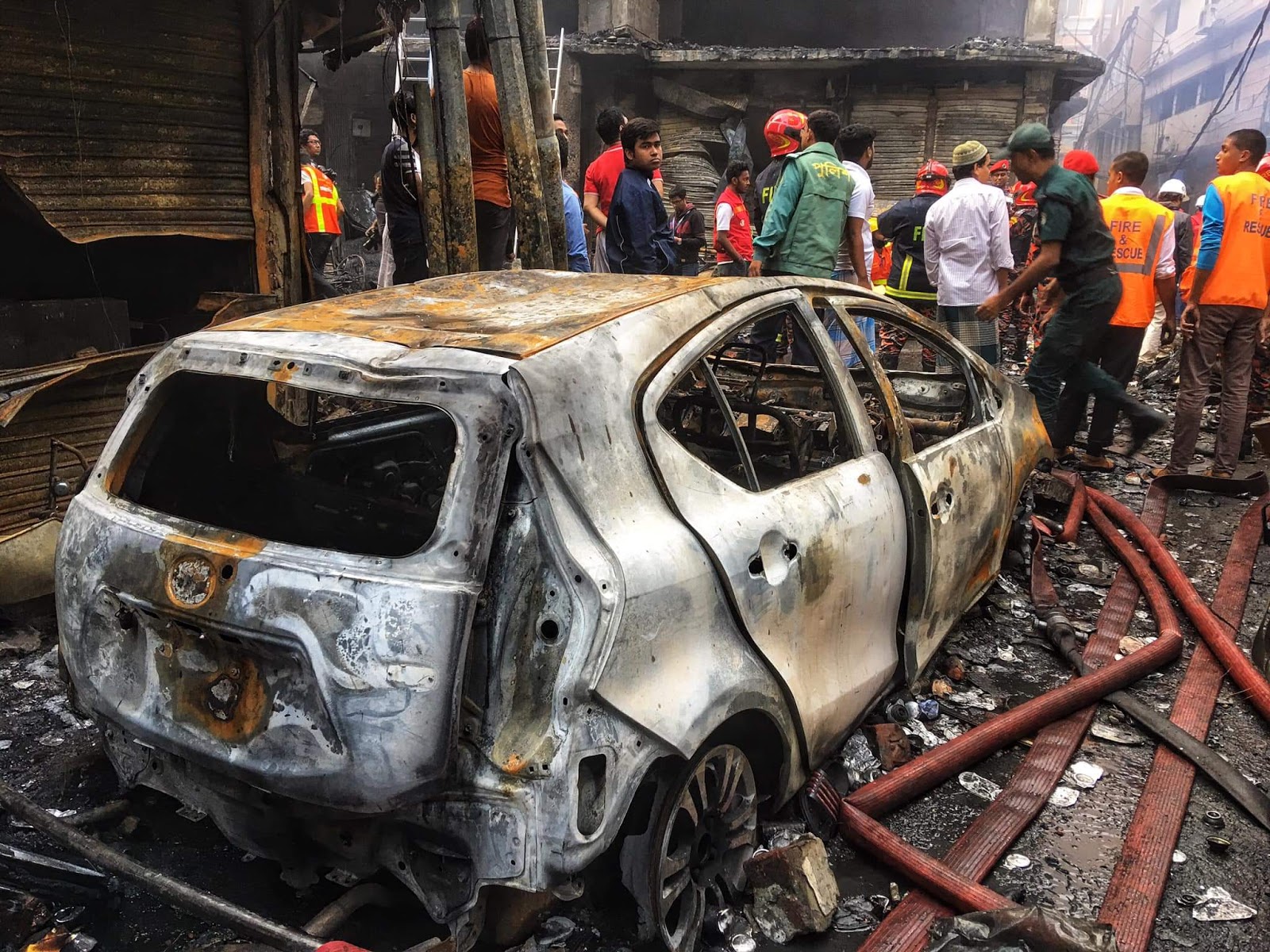
PUBLIC SAFETY ISSUES WILL DOMINATE PUBLIC DISCOURSE IN BANGLADESH
In what was probably the culmination of years of pent-up anger over public safety (or, the lack thereof), a widespread public protest led by students brought Bangladesh to a standstill last year. Following the tragic death of two students by racing buses, hundreds of thousands of schoolchildren took to the streets over road safety. The protests quickly spiraled into a genuine political threat to a government otherwise complacent in the absence of a vigorous opposition force.
Bangladesh’s roads are perilous. What compounds the problem is that a large portion of the vehicles is unfit, with many drivers untrained or poorly trained and underaged. According to a report by a respected passenger welfare organization, more than 25,000 people died in road crashes in three years. Schoolchildren blamed traffic mismanagement and corruption for the problem.
A bitter end to an energetic movement
Undoubtedly, the protesting schoolchildren had popular support, as evident by the widespread reach of the protest. For its part, the government initially tried to sympathize with the cause. However, as the protest persisted, it went offensive and the police, along with the ruling party cadres, ruthlessly removed the protesters from the streets.
The handling of the protests, attacks on journalists and anyone armed with cameras, and subsequent clampdown on social media sparked rights concerns. Meanwhile, Shahidul Alam, a renowned activist and photographer, was arrested over an incendiary interview he gave to Al Jazeera over the issue, further drawing criticism from all over the world.
The earlier precedent
Prior to the protests for safer roads, another student protest had erupted in Dhaka, which demanded a reform in the country’s quota system (affirmative actions) that provides some small groups of the population with highly disproportionate preferential treatment in public jobs and admissions into public universities. The government grudgingly accepted the demands only to procrastinate implementing them.
The protests by mainly university students were so consequential that the captain of the movement was elected as the leader of the prestigious student body of Dhaka University, when it went to polls early in March after 28 years, despite reports of irregularities in favor of the ruling party-backed candidates.
Now a real fire
On February 21, 2019, a massive fire broke out at a chemical warehouse in Chawkbazar, Old Dhaka, killing nearly 70. The incident quickly drew comparisons with the 2010 Nimtali fire, which claimed at least 124 people.

Some raised a question: Why did the decision to relocate chemical warehouses out of Old Dhaka remain unimplemented? It was an important question because the decision was taken 9 years ago, right after the devastating Nimtali fire. Old Dhaka is a highly congested area with extremely narrow lanes. The existence of those flammable materials in such a congested area always risked a catastrophe. And the catastrophe did happen, twice.
While it didn’t result in any public display of discontent, incessant critical social media posts were indicative of growing disaffection with what they view as the government’s lackluster commitment to public safety.
Other signs
Just days ago, the horrifying death of a student (who also happened to be a participant of the previous protest for safer roads) by a racing bus captured in surveillance cameras almost triggered another round of road safety protest.
Now, a fire at a high-rise building in Banani, a posh area in Dhaka, killed scores of people. Regrettably, too many of Bangladesh’s buildings—even posh ones—lack sufficient fire safety measures and escape routes. Reports suggest that the building in Banani (which caught fire) was also constructed violating proper building codes.
Thanks to the live broadcast on TV and Facebook by onlookers, the public witnessed how understaffed rescuers, who didn’t have necessary instruments to tackle such a major situation, struggled to put out the fire.
The video footage showing how helicopters were throwing a small water bucket from a nearby pond once at a time, seen by many as a damning indictment of poor safety mechanism and preparation, went viral. The glaring display of mismanagement made many wonder on Facebook whether they were the next to die in a similar disaster. They questioned how adequately prepared the government is to address pressing public safety issues.
It is no secret that Bangladesh’s political opposition is nearly wiped out. But people are less enthusiastic about risking their lives for the survival of a party which they view as a part of the problem. With the overall economic standards of the middle class also rising, they are increasingly becoming concerned about issues that affect their lives more directly. Surely, these are what will dominate Bangladesh’s public discourse in the future.
Editorial Note: First published by morethanjustfacts blog; slightly amended for clarity.